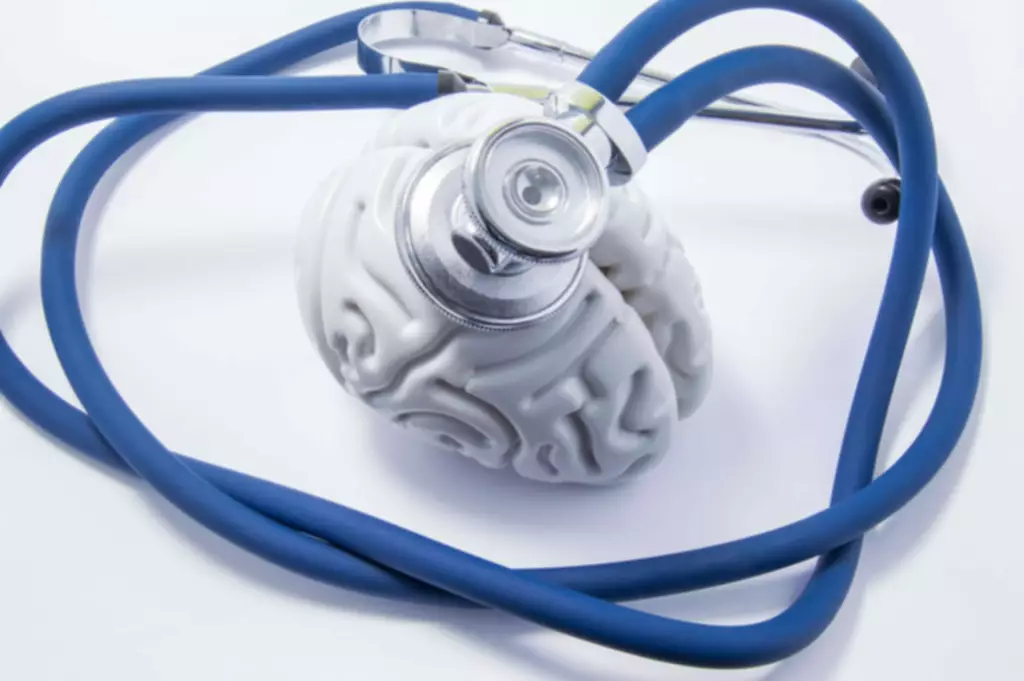Adolescents are exposed to a lot of misinformation and skewed perceptions of drug culture through social media and society in general. It is critical to provide them with accurate information through a lens of empathy and compassion. These types of interventions are mostly used with postdischarge patients for follow-up.
Domains of alcohol use and suicidal behaviours
- Call now to connect with a treatment provider and start your recovery journey.
- Additionally, co-morbid psychiatric disorders are found to be common in patients with alcohol use disorders [21–24].
- Mood [10,16,17], anxiety [18] and schizophrenia-spectrum disorders [16,19,20] have been found to constitute independent risk factors for suicidal behavior.
- As there was no way of specifying past year non-suicidal self-harm in 2007, only the 2014 data were used for this outcome.
- In later life in both sexes, major depression is the most common diagnosis both in those who attempt suicide and those who complete suicide.
Lifetime suicide attempts were reported by 43% of the patients, 62% of whom scored high on impulsiveness. The only significant factor that distinguished patients making impulsive suicide attempts from patients making non-impulsive suicide attempts and with no suicide attempt was a higher level of behavioral impulsivity. The lifetime prevalence suicide of attempts in patients with alcohol dependence is high. About 40% of all patients seeking treatment for alcohol dependence report at least one suicide attempt at some point in their lives [64–66].
We Care About Your Privacy
For most people, there’s a sizable channel in between thoughts of suicide and putting plans into action. An article from The Guardian explains the complex way in which we interact with alcohol. For many struggling with depression, the influence of alcohol can produce immediate euphoria.
Other Substances, Multiple Substance Use, and Suicide
This link has been advanced more convincingly since the mid-1960s [7–9] and confirmed in recent years [10–13]. Most research on alcohol use and suicide has focused on suicidal ideation or attempted suicide [14] rather than completed suicide, because of the methodological difficulties involved in investigating completed suicide. However, it is important to realize that, despite some overlap, suicide attempters and completers show demographic, personality, and clinical differences [11]. Progress may be accelerated by developing and testing treatments that, based on their characteristics (e.g., simplicity), may be presumed to have the greatest potential for successful implementation. Existing Efforts to Address this CrisisThere are numerous federal initiatives to coordinate across the government and support individuals with maternal mental health conditions, substance misuse, and SUD and the providers who help care for them. SAMHSA’s residential and outpatient Pregnant and Postpartum Women programs use a family-first model to provide comprehensive services for perinatal individuals with SUD.
These numbers underestimate the problem and do not include suicide attempts which are up to 20 times more frequent than completed suicide [2]. The new research examined the increase in suicide mortality among women in the context of data showing an increase in heavy alcohol use over time. The study included data from the National Violent Death Reporting System, in which 115,202 suicides—including 87,771 men and 27,431 women ages 18 and up—were reported between 2003 and 2018.
With the exception of inpatient psychiatry treatment, these are settings that typically do not involve much, if any, suicide-related assessment or treatment; thus, even minimal increases in the quantity/quality of suicide prevention may represent an improvement in the standard of care. In today’s world, unfortunately, many people have a relationship with suicide. Whether a close personal relationship or that of a friend, suicide claims alcohol poisoning the lives of thousands each year. While there is rarely one reason behind a person’s death by suicide, it has been found that nearly 1/3 of suicide deaths have been linked to alcohol consumption. SAMHSA’s mission is to lead public health and service delivery efforts that promote mental health, prevent substance misuse, and provide treatments and supports to foster recovery while ensuring equitable access and better outcomes.
Bartels et al. [255] reported that alcohol use was also correlated with depression and suicidal behavior, and depression alone accounted for over 80% of the explained variance in suicidal behavior. Alcohol use alone and alcoholism: disease or a choice? considered a brain disease the correlation between depression and alcohol use accounted for only small amounts of variance. Silverman et al. [31] revised O’Carroll’s nomenclature, focusing on suicide-related ideation, communication and behavior.
Also, although rates of suicide and prevalence of AUD remain higher in men, they have increased more among women in recent decades. Based on postmortem blood alcohol concentrations, AUA was commonly present among those who died by suicide. AUA is a potent proximal risk factor for suicidal behavior, and the risk increases with the amount of alcohol consumed, consistent with a dose-response relationship. Research indicates that AUA increases risk for suicidal behavior by lowering inhibition and promoting suicidal thoughts. There is support for policies that serve to reduce alcohol availability in populations with high rates of AUD and suicide, that promote AUD treatment, and that defer suicide risk assessments in intoxicated patients to allow the blood alcohol concentration to decrease. In later life in both sexes, major depression is the most common diagnosis both in those who attempt suicide and those who complete suicide.
The Centers for Disease Control and Prevention has found that 9 out of 10 adult binge drinkers don’t have a severe alcohol use disorder, but that doesn’t mean alcohol isn’t a problem for them. Drinking to cope with depression, no matter if you have an alcohol use disorder, is concerning. Alcohol and depression are connected in several ways, and the two often feed off of one another. People may turn to alcohol as a way to cope with mood problems, but drinking alcohol can also contribute to symptoms of depression. Alcohol use can also affect how antidepressants work, which can affect depression treatment.
This strategy provides for participation in activities that exclude alcohol, tobacco, and other drug use. Constructive and healthy activities offset the attraction to, or otherwise meet the needs usually filled by, alcohol, tobacco, and other drug use, which ultimately reduces suicidal tendencies. Dependence symptoms were measured by summing the scores of three AUDIT items that asked about inability to stop drinking, failure to meet normal expectations because of drinking and feeling a need for drink after a heavy session. Further research in needed to address the impact of the quality of the relationship, emotional attachment, age (of the survivor and the suicide) and other factors on bereavement. Alcohol-induced disorders comprise delusions and delirium, memory disorder and sleep disorders appearing during intoxication or withdrawal and, in addition, anxiety, mood and psychotic disorders, dementia, and sexual dysfunction related to both acute and chronic alcohol use. These disorders also include the typical microzooptic hallucinations, delirium tremens and Korsakoff’s syndrome, which may occur in the alcohol withdrawal syndrome.
Guidelines recommend that antidepressants should be given only to moderate or severely depressed adolescents and only combined with psychotherapy [235]. The latest article from Alcohol Research Current Reviews explores links between alcohol use and suicidal behavior. He reported that dmt n, n-dimethyltryptamine origins, effects and risks the coincident trends between the level of vodka sales and suicide rates in this period indicate that a restriction of vodka availability can be considered as an effective measure for suicide prevention in countries where rates of both vodka consumption and suicide are high.
The Institutional Review Board at each of the four universities approved all procedures. All students who were invited to participate were informed that they were eligible to be included in 10 drawings for $100 gift certificates at each university. Students received $25 for completing the 1-month follow-up assessment and $25 for completing the 6-month follow-up assessment. Suicide, suicidal ideation, and suicidal attempts are major concerns for individuals who misuse alcohol, as alcohol use can lead to impaired judgment, decreased inhibitions, and impulsiveness.
Impulsive suicide attempts are common in patients with an alcohol use disorder [67,68]. However, whether a history of suicide attempts is related to the risk for relapse in alcohol-dependent patients is still a matter of debate. Globally, alcohol consumption has increased in recent decades, with all or most of that increase occurring in developing countries. Alcohol consumption has health and social consequences via intoxication (drunkenness), dependence (habitual, compulsive and long-term drinking), and biochemical effects. In addition to chronic diseases that may affect drinkers after many years of heavy use, alcohol contributes to traumatic outcomes that kill or disable at a relatively young age, resulting in the loss of many years of life to death or disability. There is increasing evidence that, aside from the volume of alcohol consumed, the pattern of the drinking is relevant for health outcomes.
Read More



